Bulky, uncomfortable headsets are hopefully on the way out, with VR companies looking into ways to make ultralight options powered by Qualcomm chips.
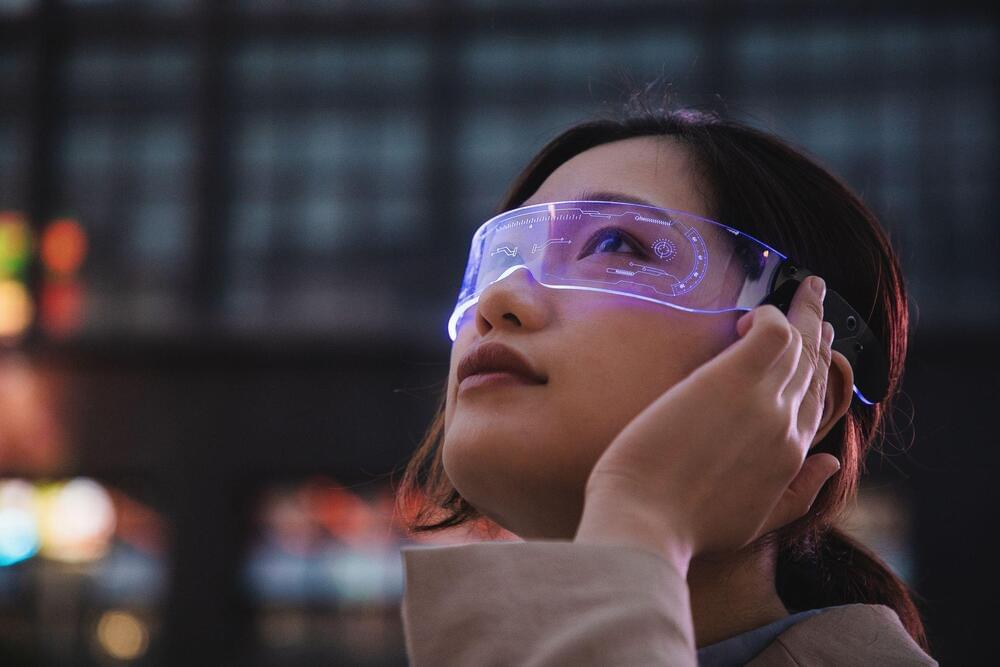

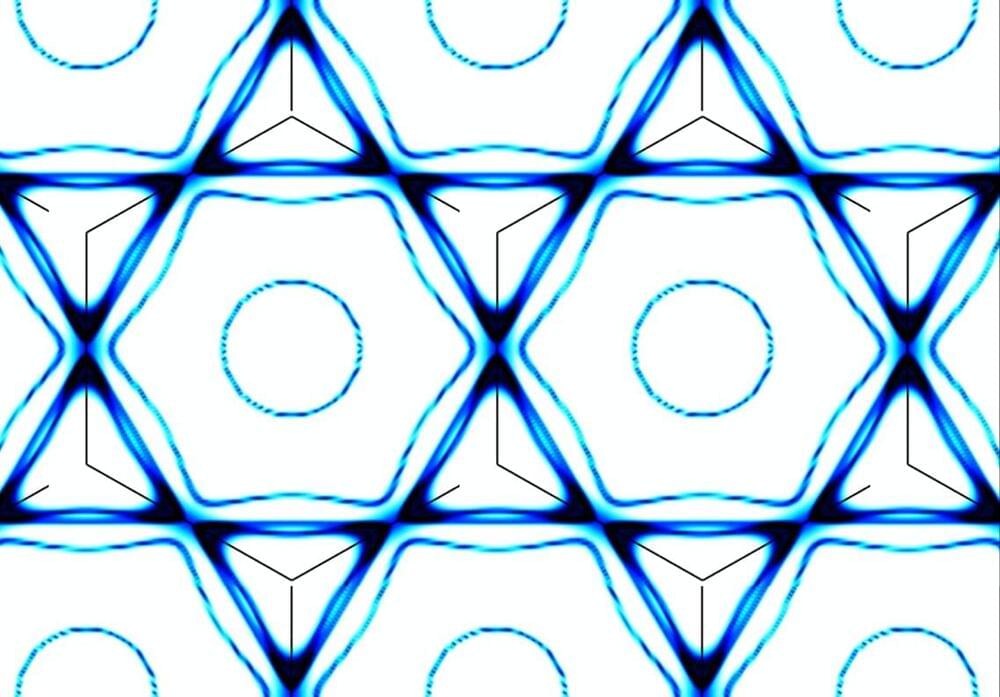
MIT physicists and colleagues have discovered the “secret sauce” behind some of the exotic properties of a new quantum material that has transfixed physicists due to those properties, which include superconductivity. Although theorists had predicted the reason for the unusual properties of the material, known as a kagome metal, this is the first time that the phenomenon behind those properties has been observed in the laboratory.
“The hope is that our new understanding of the electronic structure of a kagome metal will help us build a rich platform for discovering other quantum materials,” says Riccardo Comin, the Class of 1947 Career Development Assistant Professor of Physics at MIT, whose group led the study. That, in turn, could lead to a new class of superconductors, new approaches to quantum computing, and other quantum technologies.
The work is reported in the January 13, 2022 online issue of the journal Nature Physics.

My Chapter Titled ‘’, has been published in ‘Handbook of Real-Time Computing’ in Springer Nature. The chapter provides information on satellite communication networks for different orbits, use-cases, scenarios, link budget analyses, history, and future developments.
Software-defined radio (SDR) is one of many new technologies being adopted by satellite communication to lower the costs both operational and capital by reducing the amount of radio equipment involved in the communication chain and by giving the advantage of remote configuration and regular firmware updates. SDR basically replaces most of the radio equipment by a single computing device with software capable of performing functions of the replaced hardware equipment. SDRs are introduced not only in terrestrial gateways and ground stations, but next generations of LEO and GEO satellites are already adopting the technology. Previously, satellite radio links were limited to the configuration of radio equipment that was installed during the manufacturing of the satellite, which couldn’t be modified throughout the lifespan of the satellite.
Figure 15 displays a generic digital communication transmit and receive RF chain at the physical layer for binary, sampled, and analogue data streams. Data in binary that is collected from data source at transmit end is coming from the higher layers, which is then coded in binary, modulated to sampled, converted to analogue waveform through digital to analogue converter before sending it to the antenna end for transmission over-the-air interface with required transmit power. At the receive end, the wireless signal is received as analogue, converted to sampled for demodulation, decoded to binary, and sent to data sink for integrating with upper layers. The coding/decoding and modulation/demodulation, commonly referred to as MOD/COD, are programmable functions and can be replaced by SDR using a processing device. This can be done at the ground stations, at the gateway, user terminals, and at the satellite using on-board processing.

The metaverse, which requires a massive amount of computing power, is set to benefit global chipmakers— but other tech-related industries could also gain from it, analysts say.
Widely seen as the next generation of the internet, the metaverse refers broadly to a virtual world where humans interact through three-dimensional avatars that can be controlled via virtual reality headsets like Oculus.
Through the metaverse, users can engage in virtual activities such as gaming, virtual concerts or live sports.
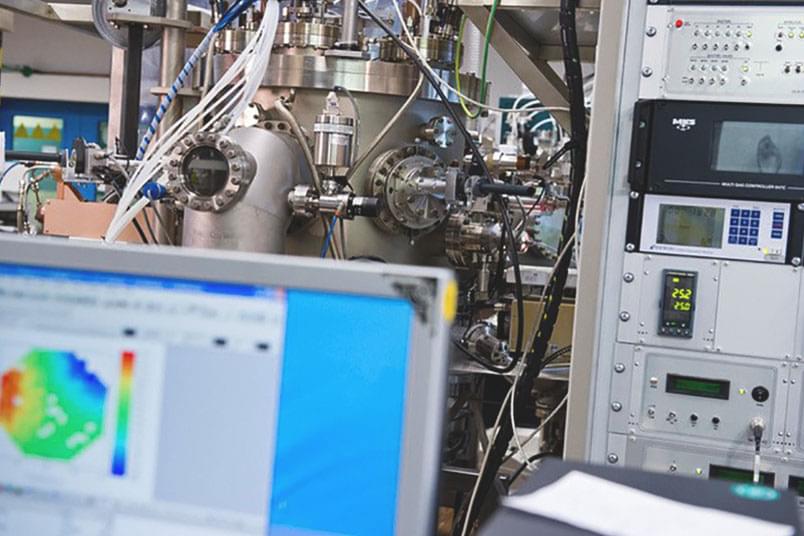
Efficient electrocatalysts, which are needed for the production of green hydrogen, for example, are hidden in materials composed of five or more elements. A team from Ruhr-Universität Bochum (RUB) and the University of Copenhagen has developed an efficient method for identifying promising candidates in the myriad of possible materials. To this end, the researchers combined experiments and simulation.
They published their report in the journal Advanced Energy Materials (“Unravelling Composition–Activity–Stability Trends in High Entropy Alloy Electrocatalysts by Using a Data-Guided Combinatorial Synthesis Strategy and Computational Modeling”).
A view of the sputtering machine used to produce the material library counters. (Image: Christian Nielinger)
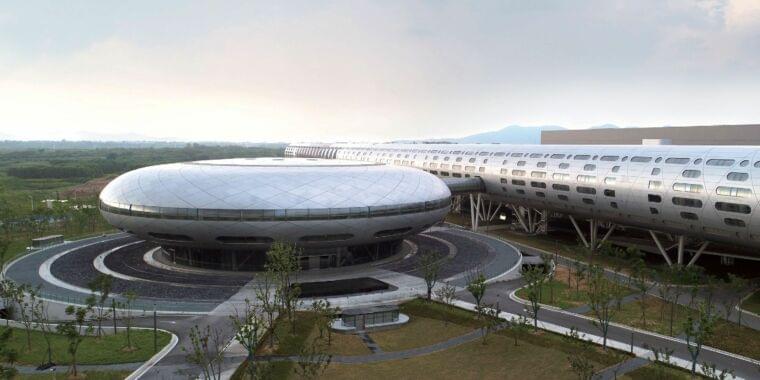
Last year, Germany spent $53 billion on defense. This year, TSMC is spending $44 billion on chip factories. (In 2019, TSMC only spent $14.9 billion, so they are spending insane amounts of money trying to fix the chip shortage.) Pretty much everyone in the chip business is also dramatically increasing their spending as well.
TSMC investment will “put a ceiling” on Samsung, Intel’s foundry plans.

An enormous asteroid more massive than two Empire State Buildings is heading our way, but unlike the so-called planet-killer comet in the recent movie “Don’t Look Up,” this space rock will zoom harmlessly past Earth.
The stony asteroid, known as (7482) 1994 PC1, will pass at its closest on Jan. 18 at 4:51 p.m. EST (2151 GMT), traveling at 43,754 mph (70,415 km/h) and hurtling past Earth at a distance of 0.01324 astronomical units — 1.2 million miles (nearly 2 million kilometers), according to NASA JPL-Caltech’s Solar System Dynamics (SSD).

Similar projects in Denmark have used recaptured heat from smaller structures, such as supermarkets, to supply a nearby building or two. The Facebook project scales the technology to a level not yet reached in the world by producing up to 25 MW per hour of usable heat.
“Facebook opened their new data center in Odense,” said Denmark’s Minister of Climate, Energy, and Utilities, Dan Jørgensen, on Instagram. “It’s based on renewable energy only (from their own wind farm) and feeds their surplus heat into the district heating system. Good news for the transition to green energy!”
As a nation, Denmark has set a goal to eliminate the use of coal by 2030. The heat recovery project supports Odense’s even more aggressive goal to phase out coal (which 30 percent of the city still depends on for heat) by 2023 — a modern feat for a city that just celebrated its 1,031st anniversary. Facebook’s data center is estimated to reduce Odense’s demand for coal by up to 25 percent.

Quantum computing is finally making its presence felt among companies around the world. Over the last few years, companies have shown interest in quantum computing but often couldn’t make definitive decisions on using the technology, as there was not enough research on its practical applications beyond the theoretical.
Nevertheless, 2021 has been a remarkable year for the quantum computing industry. Not only has there been more research on the potential use cases for the technology, but investments in quantum computing have shot up globally to boot.
While the US and China continue to compete with each other for supremacy in this evolving branch of computing, other countries and organizations around the world have slowly been playing catch up as well. And now, 2022 is expected to be the year whereby companies can start seeing quantum computing breakthroughs that could result in practical uses.
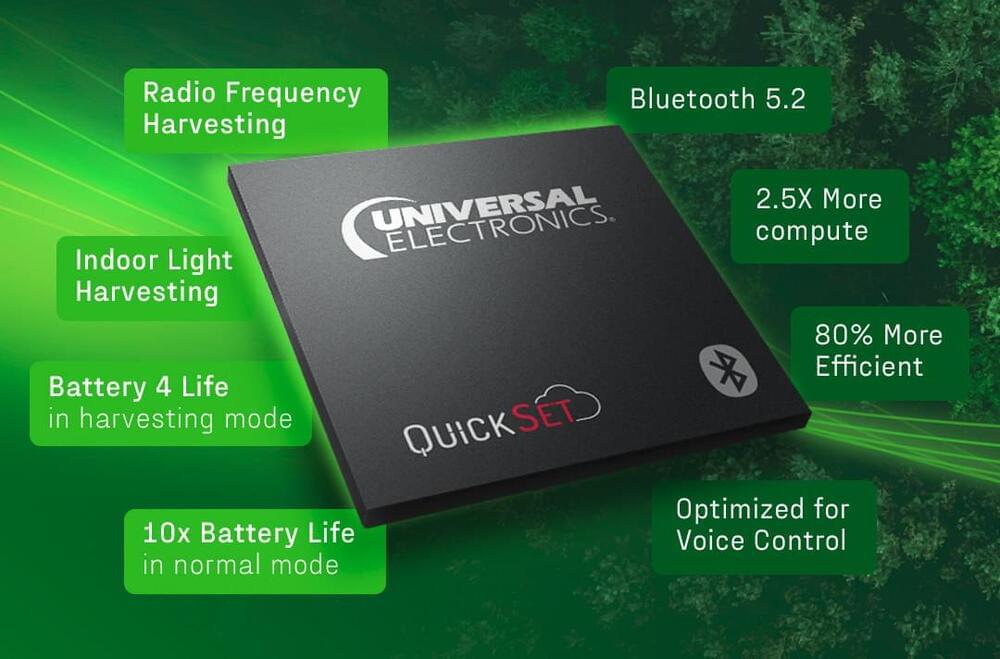
UEI “Extreme Low-Power” chip for Bluetooth, voice remote controls with energy-harvesting in order to provide lifetime battery life.
Most people probably don’t mind changing batteries in remote controls every so often, but it contributes to e-waste especially if you’re not using rechargeable batteries, and I always find it’s pain as I don’t usually have stock, or don’t feel like waiting for several hours to recharge the batteries.
Universal Electronics Inc, or UEI for shorts, claims to have a solution with a family of QuickSet-certified chips using “Extreme Low-Power”, energy-harvesting and “high-performance technology” that would provide lifetime battery life to Bluetooth, voice remote controls. The main goal is “to help transition the world towards a more sustainable future, by reducing primary battery waste throughout the life of the product, which in turn reduces the cumulative CO2 footprint”.